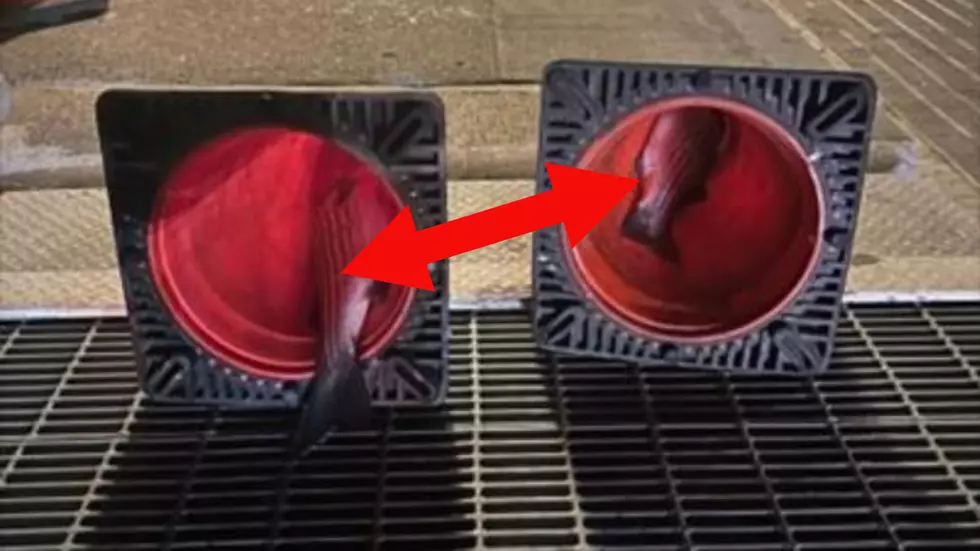
How To Properly Keep Your Beer Cold During The Summer
This past weekend it was beautiful and if you are like me, you had a cookout in your backyard or on the patio to enjoy it. There's always one issue though. It's not the bugs or making sure the meat is properly cooked; rather it's making sure the beer stays cold after being taken out of the cooler or fridge/
Thankfully a University of Washington climate scientist figured out how to keep liquids colder, longer in their containers.
You've see beer commercials where the beer bottle or can is "frosty" chilled or dripping wet from the cooler. Leaving your beer like this is the wrong way to keep it cold during these hot summer months.
So what's the secret? KEEP YOUR BEER CONTAINER DRY.
Let's break it down. The condensation on the bottle will actually cause the beer to warm up faster than keeping the container dry. A kooize doesn't actually keep the liquid cold, it's actually drying the container and thus keeping the liquid cooler, longer.
The study started years ago when Dale Durran was trying to come up with an experiment to show students heat generated by condensation. He found that the water droplets on a beer can would actually heat the contents by 9 degrees Fahrenheit. Taking a napkin to dry the can would keep this from happening and keep the contents cooler for a longer period of time.
Below is the full press release on the findings
Though he’s normally more of a theoretician, Durran decided this result required experimental validation. He recruited co-author Dargan Frierson, a UW associate professor of atmospheric sciences, and they ran an initial test in Frierson’s little-used basement bathroom, using a space heater and hot shower to vary the temperature and humidity.
The findings corroborated the initial result, and they embarked on a larger-scale test.
“You can’t write an article for Physics Today where the data has come from a setup on the top of the toilet tank in one of the author’s bathrooms,” Durran said.
First they recruited colleagues in Frierson’s beachside hometown of Wilmington, North Carolina, to duplicate the experiment and compare results with those taken on a hot, dry Seattle day. But they decided they needed to test a wider range of conditions.
Finally, last summer undergraduates Stella Choi and Steven Brey joined the project to run a proper experiment in the UW Atmospheric Sciences building. They unearthed an experimental machine with styling that looks to be from the 1950s, last used decades ago to simulate cloud formation.
With funding for educational outreach from the National Science Foundation, the students first cooled a can in a bucket of ice water then dried it and placed it in the experimental chamber dialed up to the appropriate conditions. After five minutes they removed the can, weighed it to measure the amount of condensation, and recorded the final temperature of the water inside.
The phenomenon at work – latent heat of condensation – is central to Frierson’s research on water vapor, heat transfer and global climate change.
“We expect a much moister atmosphere with global warming because warmer air can hold a lot more water vapor,” Frierson said. Because heat is transferred when water evaporates or condenses, this change affects wind circulation, weather patterns and storm formation.
Durran’s research includes studies of thunderstorms, which are powered by heat released from condensation in rising moist air.
As for his demonstration of the heat released during this process, he and Frierson are now working with the National Center for Atmospheric Research to develop an educational tool that will let students around the world try the experiment and post their results online for comparison.
The example promises to become as classic as a cold drink on a hot summer day.
So keep your containers, cans, and bottles dry this summer and it will actually keep the contents cooler, longer. Who knew?
God Bless Science!
More From Q 105.7









